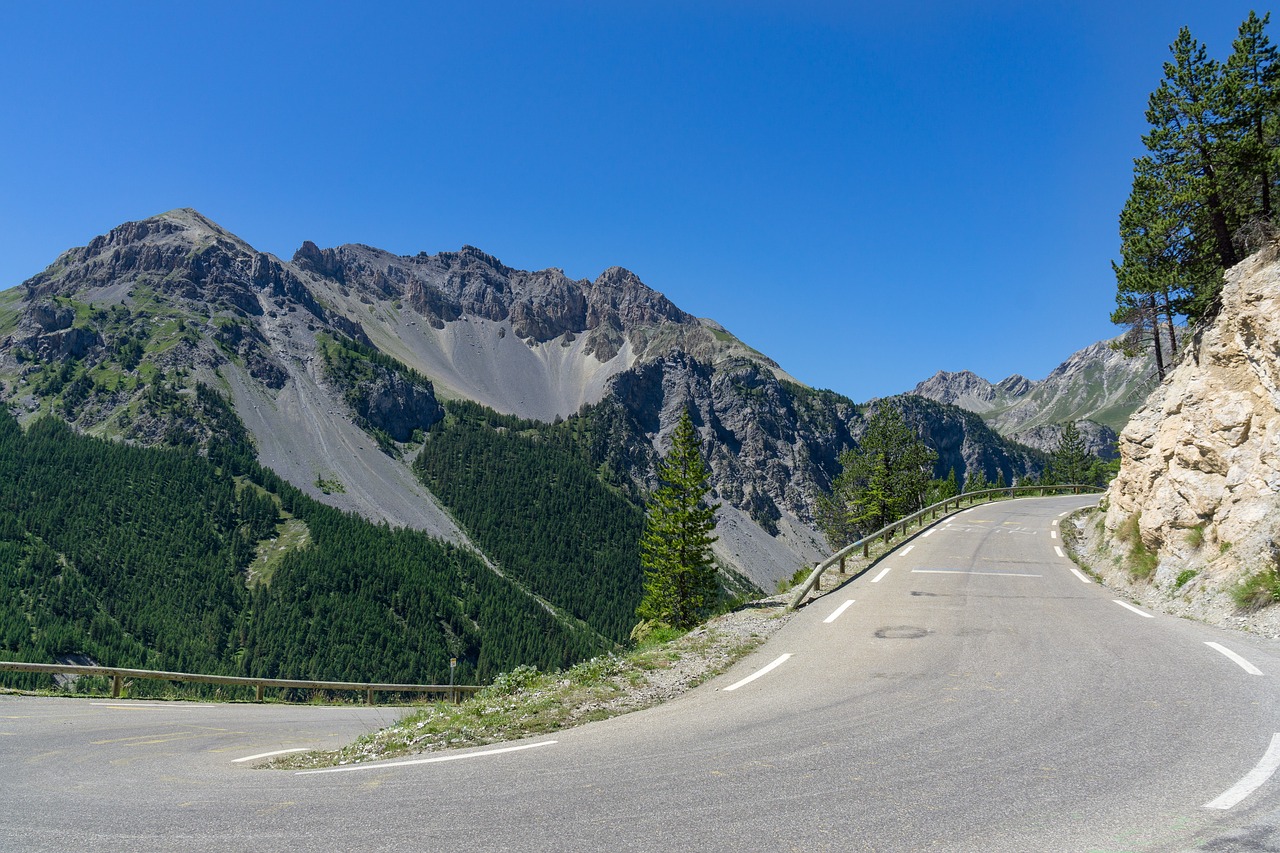Due to the COVID-19 pandemic, more people are choosing to vacation in remote areas. While these vacations can prove relaxing, traveling to remote areas is not always stress-free, especially if you need to drive through mountainous areas. Driving in mountains and hilly areas presents unique challenges to drivers, so it is important to know how to operate a vehicle safely under these conditions. Understanding the unique challenges of mountain driving will keep you safe, as well as other drivers on the road. The following are some key tips to keep in mind when it comes to driving safely in remote, mountainous areas:
Keep Your Tank Full
Pushing your car up inclines takes more fuel than driving on flat ground. When you take into account this fact, along with the likelihood that both cell service and fuel stations are spotty in the mountains, you could put yourself in danger. Keep in mind that many mountain roads have small—if any shoulders—with limited visibility, so you can put yourself at serious risk of being hit by another driver if you need to pull off the road because you have run out of fuel. Make sure that you fill up before you get to a mountainous area, and keep a minimal amount of fuel in your tank. Even if you still have half a tank left, it may be worthwhile to fill it up when you see a station, particularly if you are not sure when the next one will appear.
Stay Alert
Themountains are scenic, so it can prove tempting to look out into the distance while you are driving. However, doing so can prove extremely dangerous since even a moment of distraction can cause you to drift into another lane. Always pay close attention to the lane markings, and make sure you stay far away from any other driver’s space. Look out for scenic pullouts where you can stop and take in the natural beauty without putting yourself or anyone else at risk. Also, you should remain diligent about scanning the path ahead. Mountain driving often includes hairpin turns with steep cliffs on the side, not to mention sudden shifts in terrain. You should never let these changes catch you off guard.
Go Easy on the Brakes
One issue that people can encounter in the mountains is overheated brakes, which can reduce their effectiveness and put you at serious risk of not being able to quickly stop. If you continuously apply your brakes while going down steep grades, then you will wear them out rather fast. Instead, use quick, light taps to keep the brakes cool. Also, pay attention to speed signs, and slow down your vehicle before reaching a decline. You should also brake before hairpin turns rather than during them, as this shifts force to the back of the car and provides greater control. In addition, you may want to consider shifting to a lower gear before going down a steep hill, as this lowers the stress on the engine and brakes.
Turn on Your Headlights
You should always have your headlights turned on in conditions such as rain, fog, and snow. While driving in mountainous terrain, it is a good idea to keep your headlights on at all times. This helps to increase visibility for other drivers so they will be more likely to see you. Always double-check that your lights are in good working order prior to starting your trip. If there is any debris on the headlights, clean it off before you get on the road. Pay attention to the headlights, and change them quickly if notice that one has gone out while you are driving. You should replace any headlights that are out prior to driving in a mountainous region.
Map Your Trip
Nowadays, people often rely on a Garmin-like device or the GPS on their phone to guide them as they drive. Unfortunately, both of these tools can experience problems when you are in more remote areas. Smaller roads may not be accurately represented on them, or you could lose the connection altogether. In order to avoid getting lost, you should make sure to have your trip mapped prior to leaving. Write down the directions on a piece of paper or print them out. That way, if anything goes wrong with the directional devices, you will have another point of reference.
Invest in a CB Radio
One of the best things to do if you often drive in mountainous areas or plan to enter a particularly dangerous stretch of road is to purchase a CB radio. The small handheld CB radio will not be nearly as effective as one with an external antenna that you can put on your vehicle. The point of having a CB radio is to connect to nearby drivers in the event that you do not have a signal on your cell phone. In this situation, the CB radio will still work. Virtually every trucker in the United States has a CB radio, and they tend to monitor channel 19. If you find yourself in trouble, you can switch to channel 19 and ask for help. A trucker is bound to hear you and come to provide assistance.
